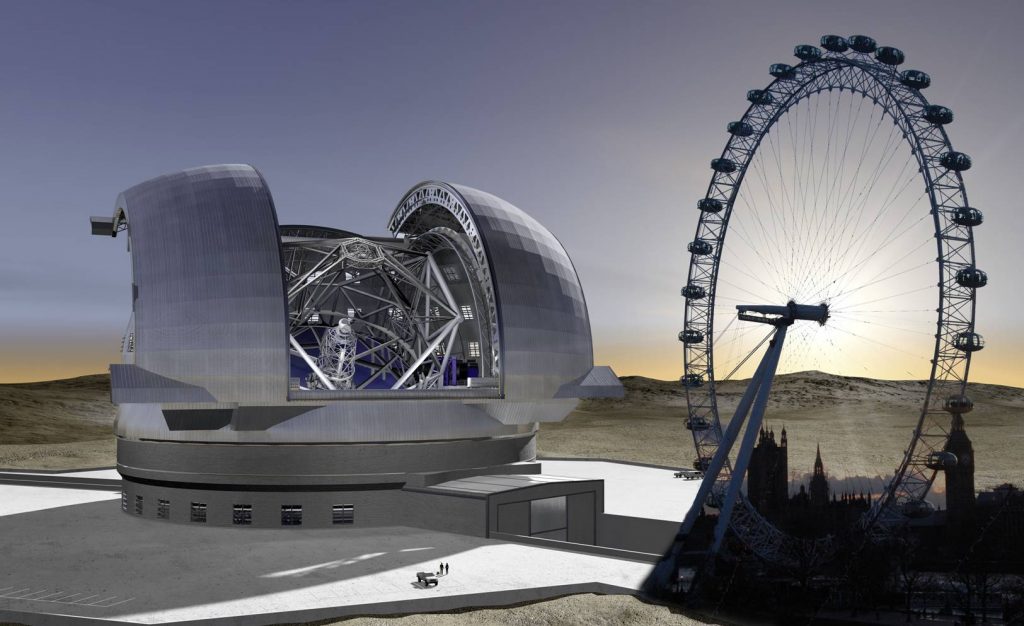
The construction of the world’s largest, most powerful, and most sensitive optical telescope is in progress. Manufacturers are the European Southern Observatory (USO). The Etxremely Large Telescope (ELT), built in collaboration with 15 European countries, is located on top of Mount Zero Armason in the Atacama Desert in Chile. Located at an altitude of 3060 m above sea level, this telescope is ideal for operation in the dry climate of the Atacama Desert. The Elt is being built near the European Southern Observatory’s Verilar Large Telescope.
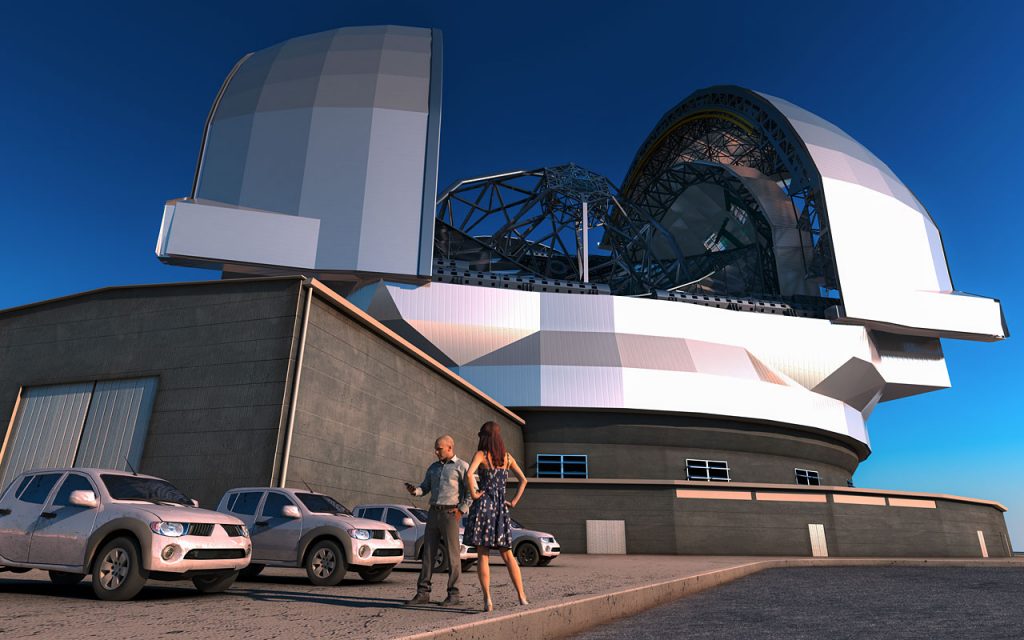

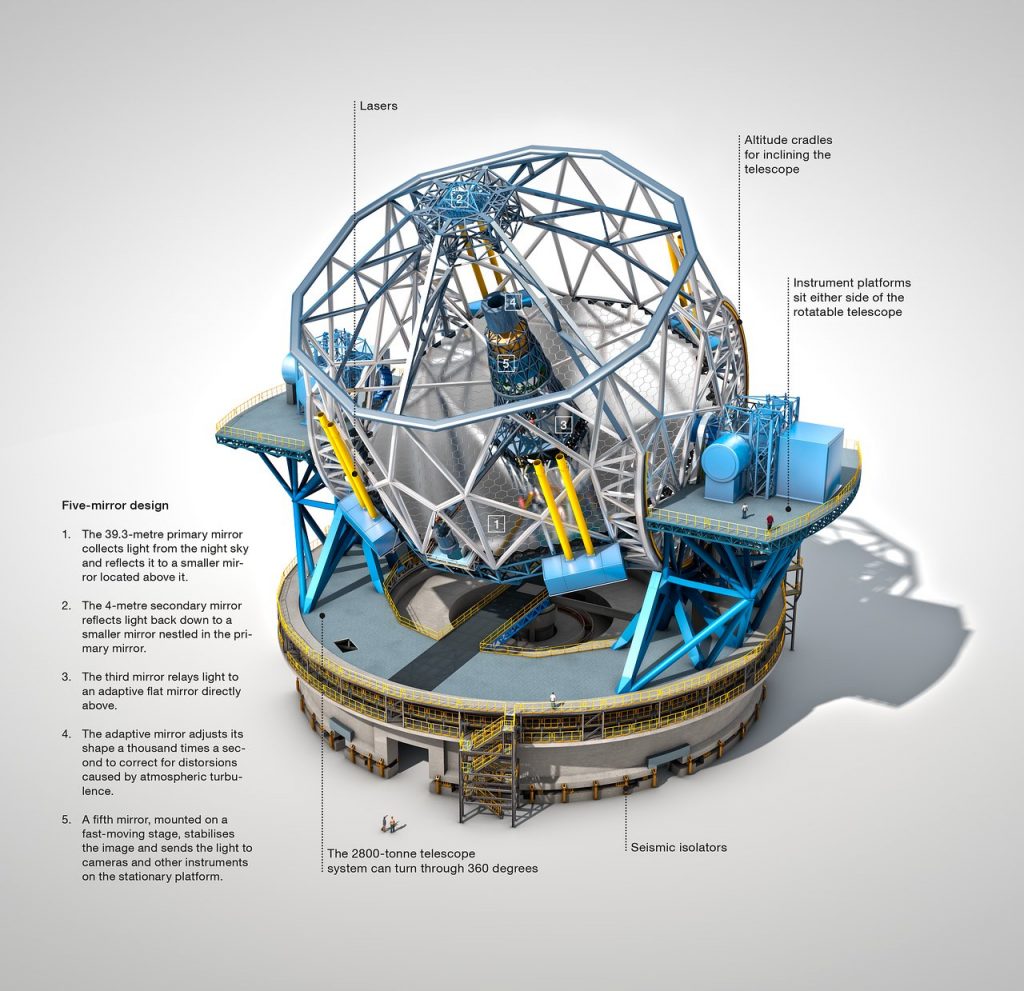
Larger and more sensitive telescopes are generally not based on visible light. Such telescopes usually operate at X-ray, infrared, and radio wavelengths, as turbulence in the atmosphere can interfere with observation. The Square Kilometer Array (SKA), the Alma (ALMA), and the Thitry Meter Telescope are all such giant telescopes. But working with the latest technology called Adaptive Optics, the Earth’s turbulence does not affect the LT. The diameter of the primary mirror of this telescope is 39.3 meters. It will be a larger mirror than any other telescope in existence.

As the diameter of the mirror increases, the amount of light received by the telescope increases. ELT’s eyes can receive light particles that are 100 million times brighter than the human eye. The Elt is 8 million times more powerful than Galileo’s first telescope. The telescope will be 26 times more powerful than the VLT (Very Large Telescope), the largest optical telescope in existence. 978 ch. ELT images with a meter collecting area are 15 times clearer and more accurate than images from the Hubble Space Telescope. Construction of the giant telescope began in 2014 at an estimated cost of $ 1.35 billion. The telescope will be fully operational by 2025 after at least 10 years of construction.
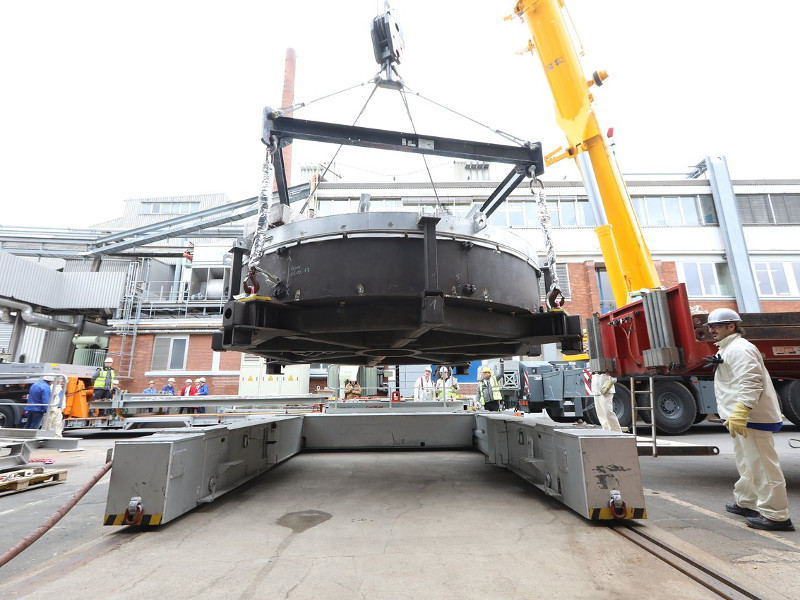
The primary mission of the eLT is to observe terrestrial planets in the habitable zone of other stars outside the solar system. This telescope is capable of direct observation to detect life on extraterrestrial exoplanets. In addition, it analyzes the various stages of planetary formation and studies water vapor and biological components in interstellar space. ELT also explores the relationship between the formation of the first stars following the origin of the universe and the formation of black holes and galaxies. ELT, which studies the evolution of galaxies and the formation of chemical elements, is expected to provide clearer images of the evolution of the universe, the effect of dark energy on it, and the presence of dark matter in the universe.
The telescope’s 39.3 meter diameter giant primary mirror is made up of a combination of 798 mirrors. These mirrors are 1.45 m wide and only 50 mm thick. The thickness of the mirrors is reduced to ensure that they fit together. The main components of the telescope weigh 2800 tons. The diameter of the LT’s secondary mirror is the same as that of the William Herschel Telescope’s primary mirror, one of the largest telescopes in Europe. It will be 4.2 meters.
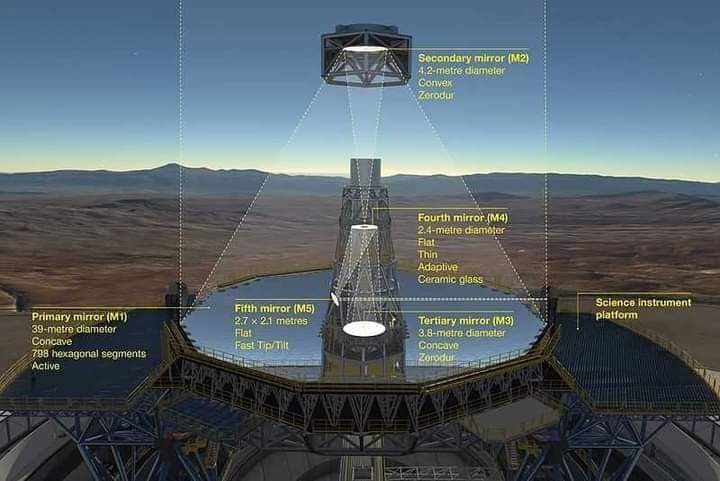
Elt is not just a telescope. It is a multi-purpose research station equipped with a number of scientific instruments. These peripherals can change the field of view of the telescope in a matter of seconds and vary the depth and breadth of the observation. The telescope is equipped with 8 accessories. Auxiliary devices include spectroscopes known as Codex, Eagle, Epic, Harmony, Metis, Mikado, Optimus, and Simple, as well as high-resolution cameras that are sensitive to both light and infrared wavelengths. The project has the support of the Czech Republic, Germany, the Netherlands, Sweden and Switzerland in the early stages of construction. Elt will be a historic event. The scientific community is waiting for that.

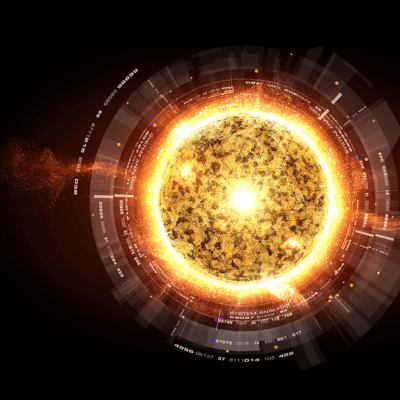
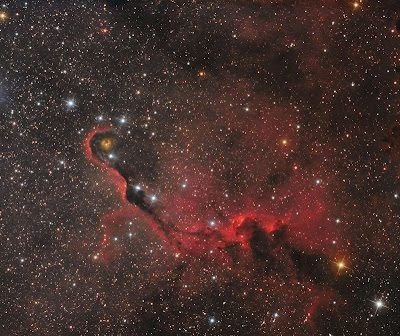
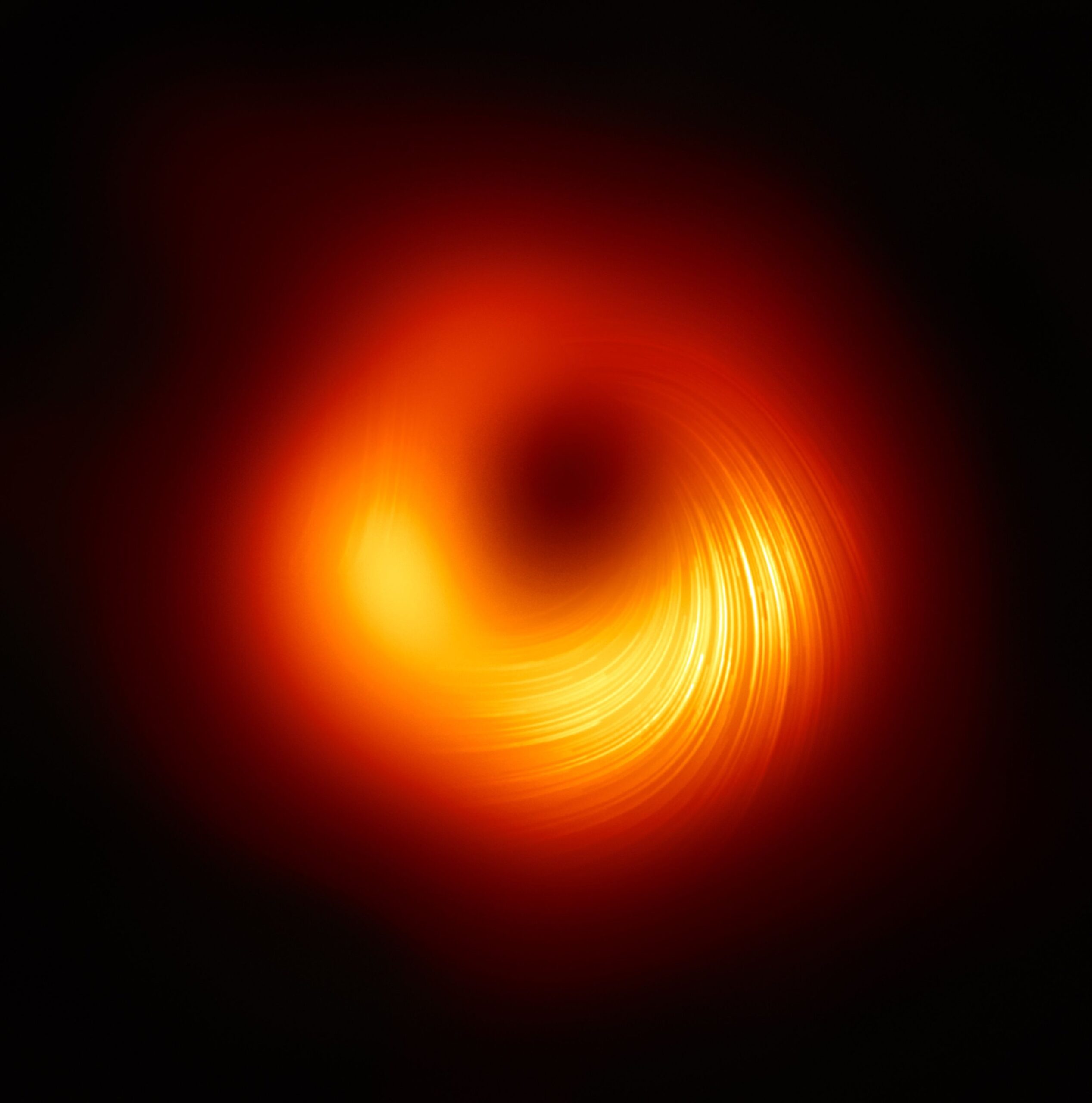
Recent Comments